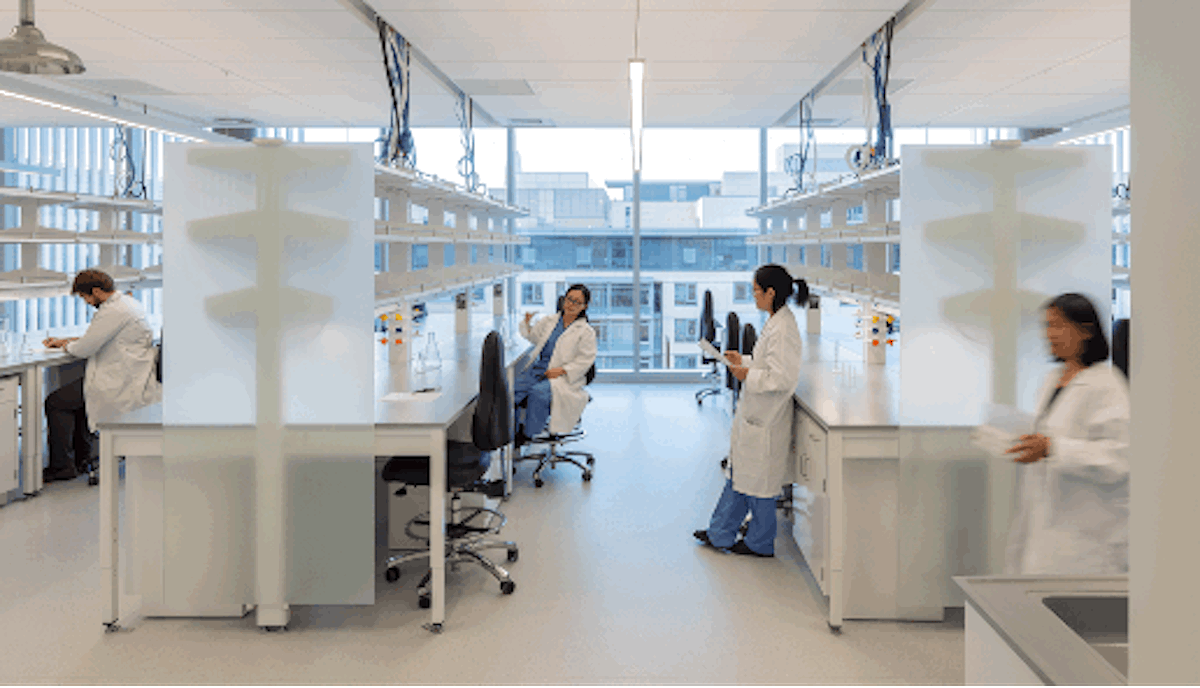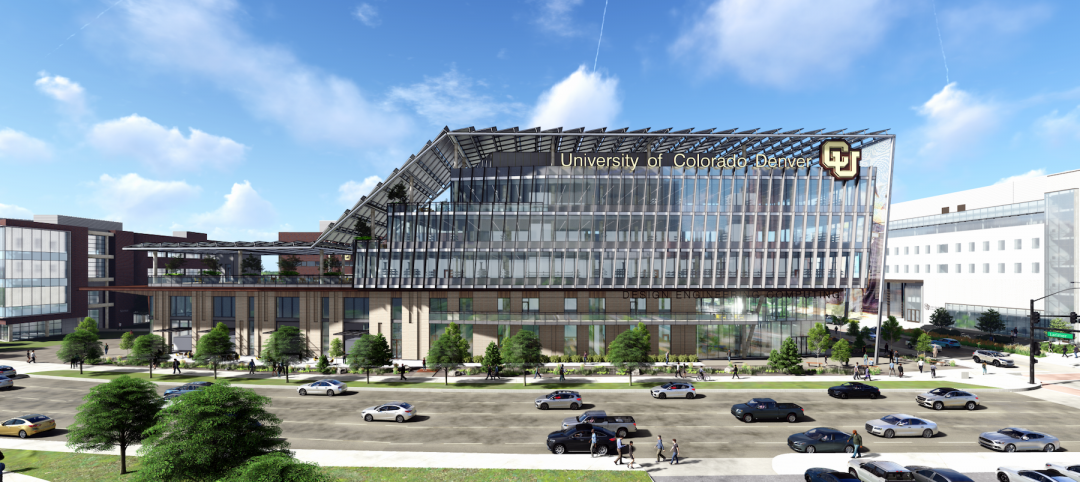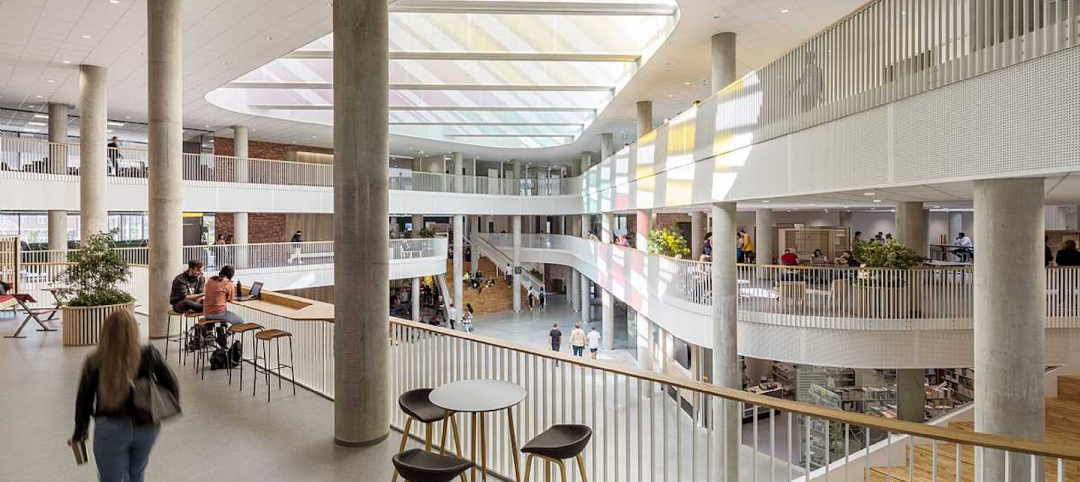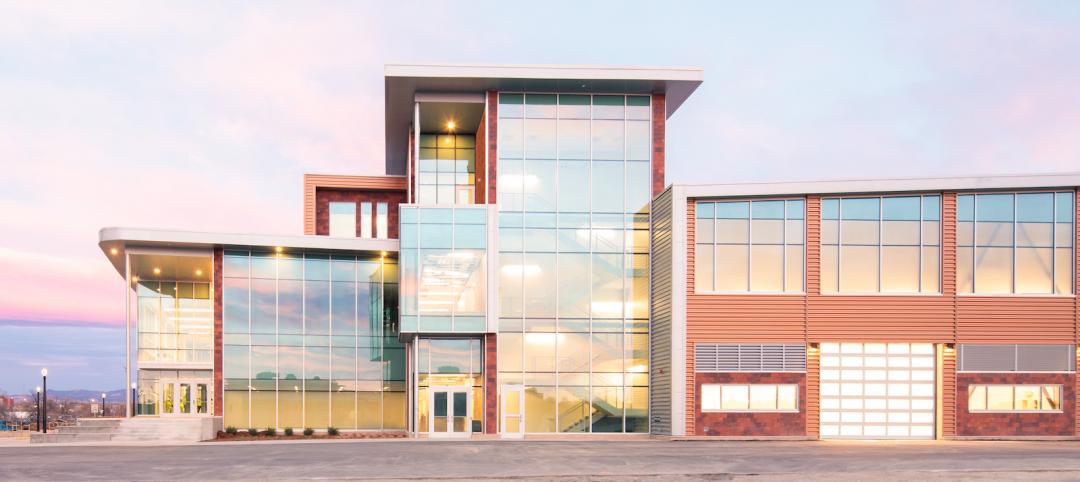Demand for flexibility in the built environment has never been more essential. Traditional single-use buildings have evolved into more dynamic environments, pushing interdisciplinary research organizations to adapt. As capital streams shift and traditional returns on investment are pressed, programmatic innovation and collaboration have become a focus for investment.
Cohabitation of life sciences, educational research, and healthcare users has disrupted the typical real estate model. Partnerships are blossoming around scientific research and development. Funding priorities and talent development have led to strategic partnerships for both dedicated facilities and ongoing operational collaboration.
These merging markets are yielding programmatic shifts in ideology and enabling more robust facility development. However, interdisciplinary projects require both depth of expertise in traditional markets and forward-thinking ideology to support research collision and advancement. As interdisciplinary organizations strive to not only seek to attract the best faculty and researchers, but also to develop facilities that can stand the test of time.
The lessons of a few projects can serve as guideposts for institutions planning similar interdisciplinary facilities. Specifically, project owners should consider:
- the value of more collaborative building methods
- close collaboration with end users
- the benefits of partners who can leverage sector-specific knowledge to their advantage.
Let’s look at several examples.
UCSF WEILL NEUROSCIENCES BUILDING: CO-LOCATING MULTIPLE DISCIPLINES IN NEW WAYS
The 282,000-sf UCSF Joan and Sanford I. Weill Neurosciences Building on the University of California San Francisco’s Mission Bay Campus is a collaboration of neurology, psychiatry, neurological surgery and clinical spaces that historically would not be co-located. Top neuroscientists from those disciplines collaborate in one space in the hopes of advancing research and solving problems relating to disorders like dementia, Alzheimer’s, and Huntington’s disease. Working together allows interdisciplinary research that intentionally seeks diversity in discipline expertise in the pursuit of breakthrough discoveries.
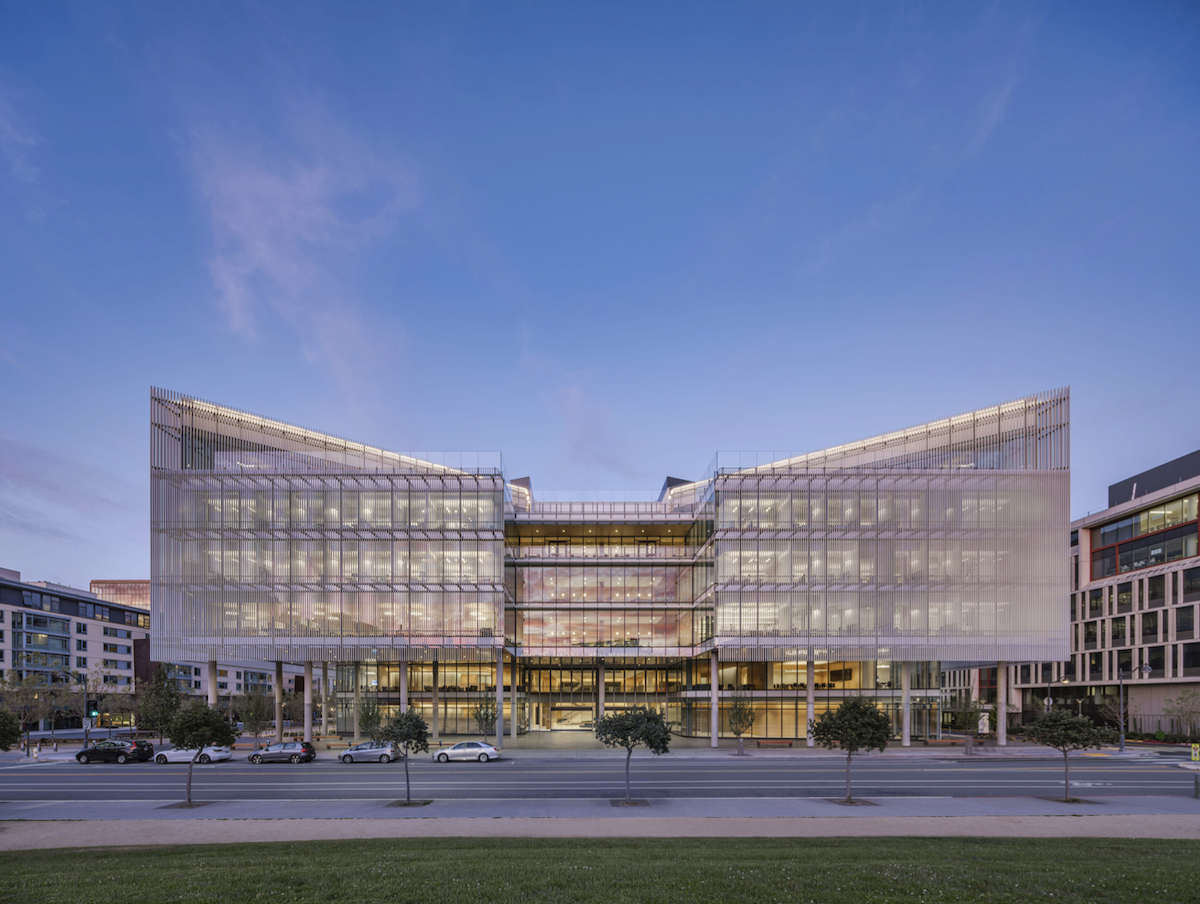
The design and construction of interdisciplinary facilities must allow for dynamic exchange, requiring more thoughtful team composition and collaboration. As a result, the contractor, designer, and other key partners co-located their teams to allow for quick collaboration, similar to design-build or integrated project delivery.
Such buildings are complex, as they must mirror near-term demands but also enable long-term flexibility as research evolves. For that reason, three floors of UCSF’s six-story building are made up of clinical and patient treatment space requiring a particular attention to detail as it relates to healthcare and support for the patient experience model. The research spaces above have their own unique laboratory and research demands.
This intersection of higher education and healthcare created unique demands for building performance and required the expertise of a builder familiar with each respective market and the ability to be nimble with other project partners. Institutions should consider more collaborative team setups to gain value throughout the project.
ASU HEALTH FUTURES CENTER: A NEW MODEL FOR HEALTHCARE EDUCATION AND DELIVERY
Such a partnership between healthcare systems and higher education is evidenced by the Arizona State University Health Futures Center, in Phoenix. This innovative medical learning facility, a collaboration between ASU and the Mayo Clinic, represents a new model for healthcare education and delivery in the U.S.
Designed by CO Architects and DFDG Architects, the 150,000-sf ground-up facility was built with the goal of creating collaborative spaces that facilitate future-focused education and training. ASU nursing students learn to treat patients through hands-on training in clinical skills labs with simulation exam and operating rooms. There is also a home care lab with a mock apartment where students learn to assist patients in their homes, with a pathway connecting the Health Futures Center to the adjacent healthcare campus.
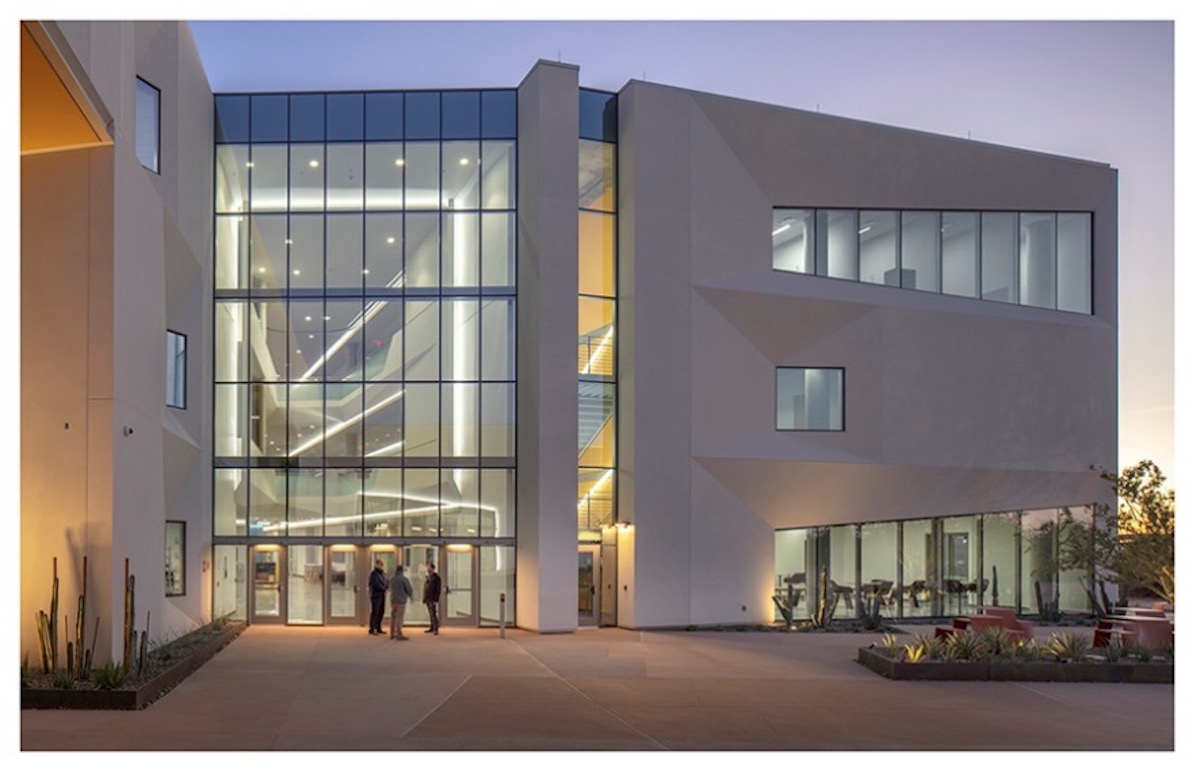
Research components include a med-tech innovation accelerator, as well as biomedical engineering and informatics research labs. The facility allows various ASU programs to study and work together, including the College of Health Solutions, College of Nursing and Health Innovation, and the Fulton Schools of Engineering, and Entrepreneurship and Innovation. Collaboration programs within the Mayo Clinic also allow for interdisciplinary research and exchange.
Achieving all stakeholder expectations requires a deep understanding of the needs of the various end users in the facility. That knowledge, especially when applied early in the design process, can yield insight that affects both design and construction.
For example, DPR’s precon team developed a predictive cost-analysis tool that enabled the construction and design teams to accurately identify where the budget was being allocated based on programming. This unique and interactive tool helps the team incorporate critical end-user design and facility function needs while keeping the project on budget.
USC MICHELSON CENTER FOR CONVERGENT BIOSCIENCE: MERGING LIFE SCIENCES AND HIGHER EDUCATION
The collaboration between traditional life sciences and higher education is exemplified by the University of Southern California’s Michelson Center for Convergent Bioscience, Los Angeles.
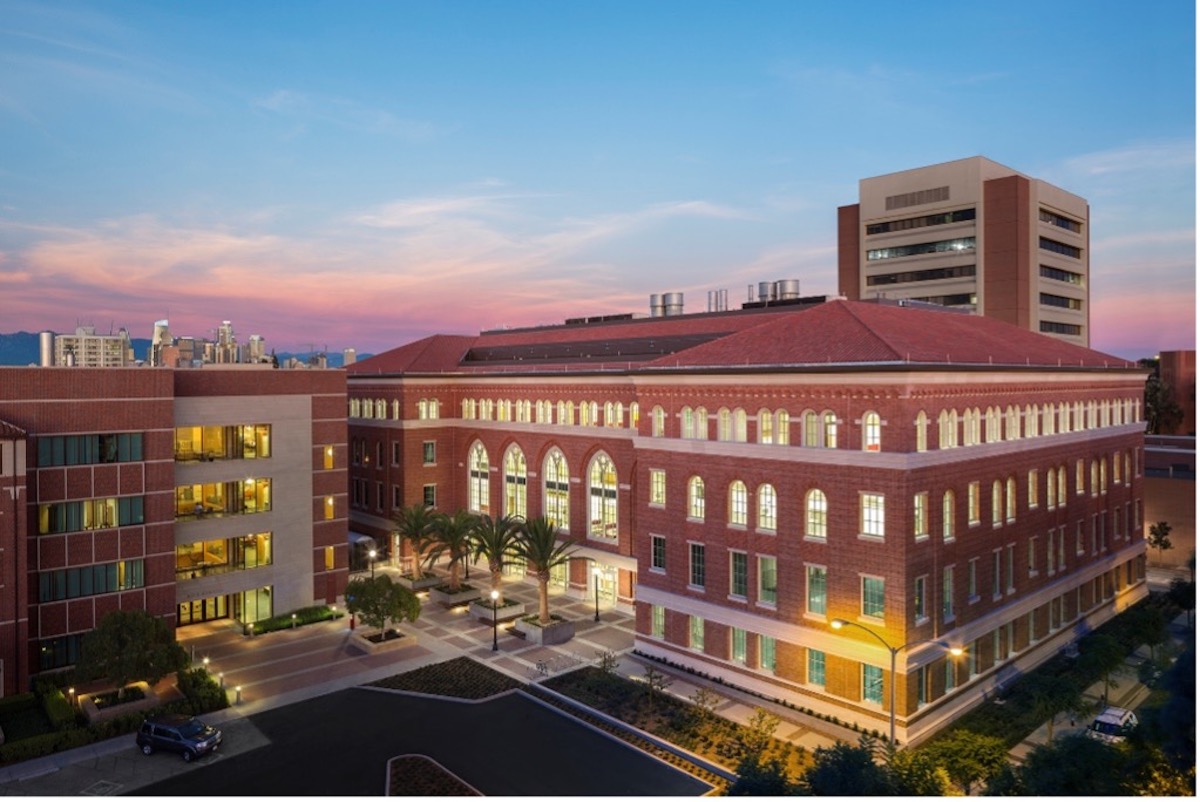
Designed by HOK Architects, the 190,000 sf research facility houses 30 labs, Class 100 and 1000 nanotechnology clean rooms, imaging suites, conference rooms, and classroom space. Hundreds of researchers and students employed in the flexible, open, shared labs collaborate in the fields of biological science, imaging, engineering, nanofabrication and cross-disciplinary studies.
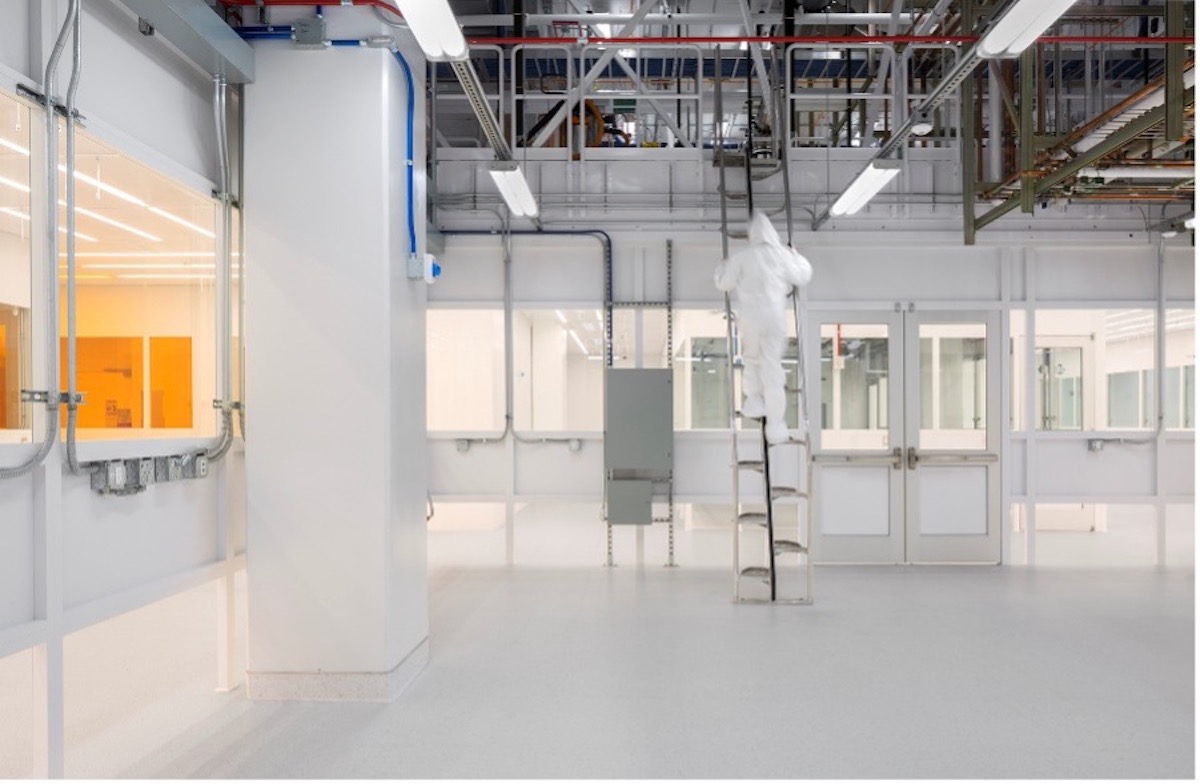
Cross-disciplinary research, education, and capital investment are complicated by varying needs and goals that complicate alignment and adjacency strategies. Design and construction for these atypical facilities requires an acute understanding of higher education, healthcare, and life science environments. While adjacency drives research collision, it complicates systematic design and construction. Program transparency and well-articulated needs are required to translate into collaboratively built environments. An acute understanding of each individual modality is imperative to yield cumulative results.
Successful delivery teams are comprised of experts in each respective field engaged early in the process to identify, organize, and execute the project. These teams can help in planning stages due to their familiarity with sector-specific supply chains. As colleges and universities closely watch every dollar, knowledge such as this can make a significant difference.
FAU STILES-NICHOLSON BRAIN INSTITUTE: NEUROSCIENCE RESEARCH AND EDUCATION IN THE COMMUNITY
Another example of a cross-disciplinary facility recently opened in Jupiter, Fla. Designed by PGAL, the FAU Stiles-Nicholson Brain Institute is a 58,000-sf facility that brings together neuroscience research, education, and community engagement for the study of brain and behavioral disorders.
Designed to be a collaborative hub of study and research for scientists and students in the field of neuroscience, the interdisciplinary nature of the facility will foster collaboration and connect those in the field.
Florida Atlantic University's Stiles-Nicholson Brain Institute brings together neuroscience research, education, and community engagement for the study of brain and behavioral disorders.
The center aims to leverage recent advancements in data science and advanced optical technologies to develop approaches to study brain disorders such as Alzheimer’s disease, autism, addiction, and brain cancer, with the goal of discovering new therapies and treatments. The core laboratory will provide educational experiences for undergraduate students, graduate students, and postdoctoral fellows. There are also spaces for lectures and community events.
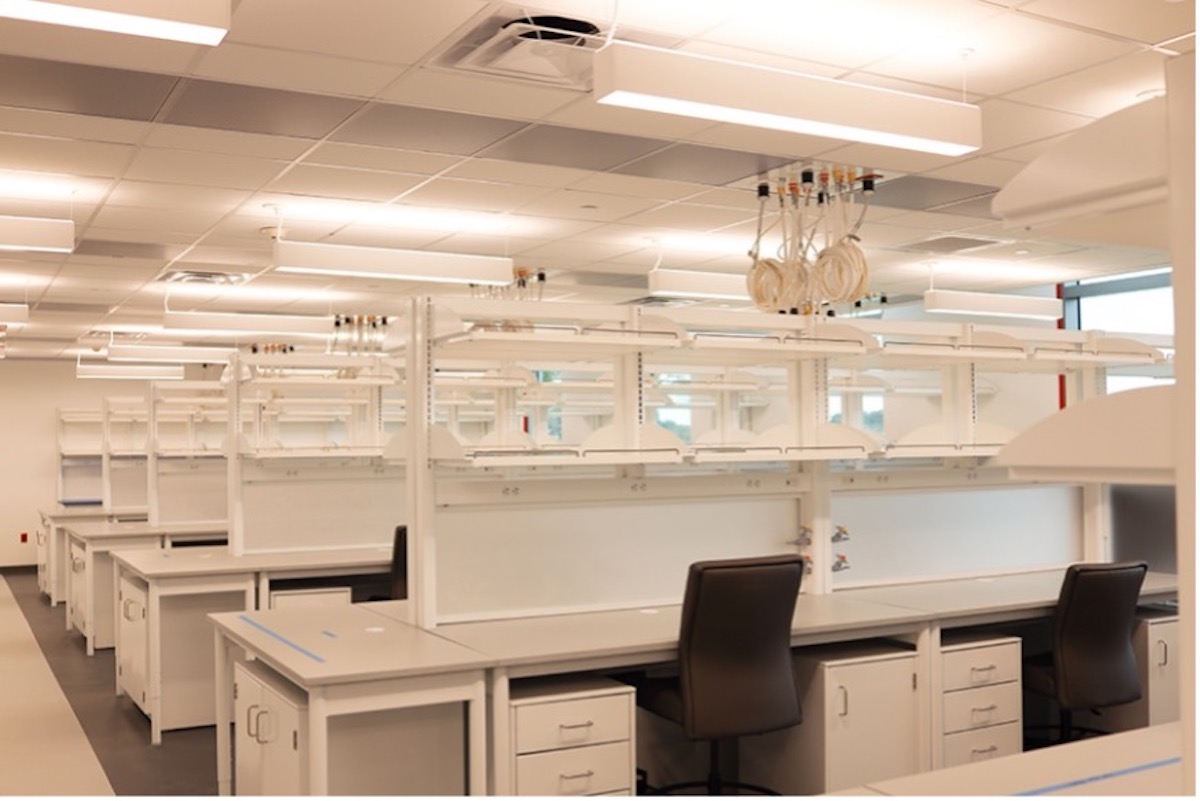
The addition of the Stiles-Nicholson Brain Institute expands the life science research cluster that includes the Max Planck Florida Institute for Neuroscience and the Herbert Wertheim UF Scripps Institute for Biomedical Innovation & Technology. Forward-thinking endeavors are creating market momentum in the public and private sectors to infuse capital, research, and innovation in the hope of scientific breakthroughs. Just as collaboration will take place inside, the successful delivery of the facility also relied on collaboration.
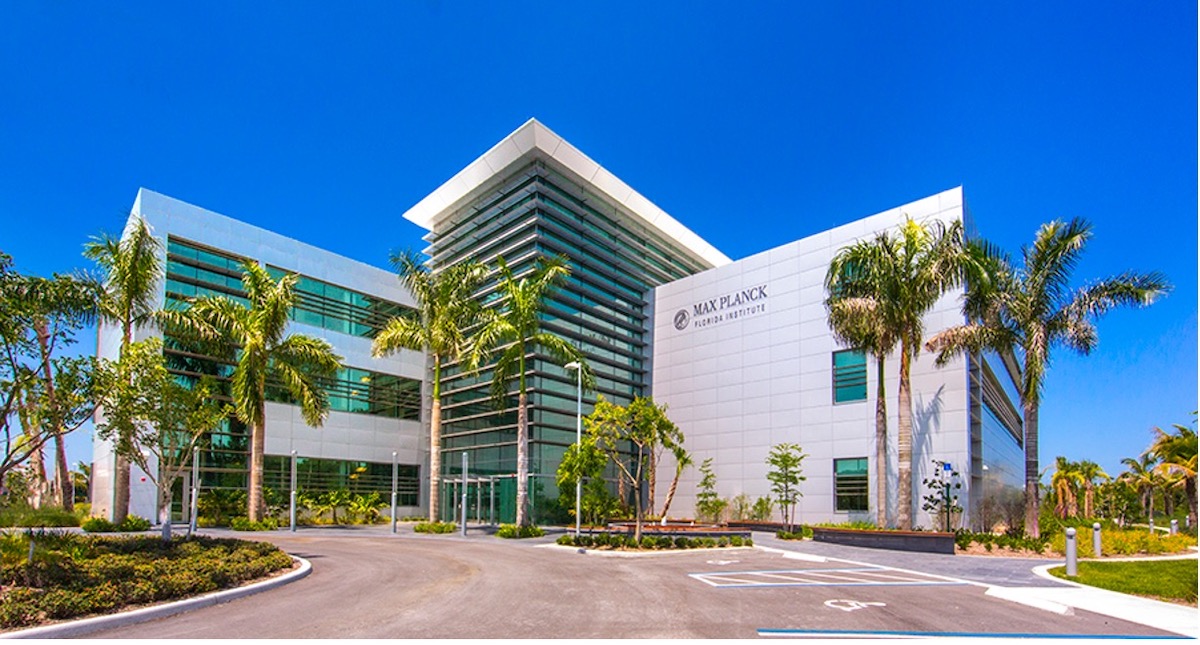
THE GOAL: NEW DISCOVERIES, NEW THERAPIES, NEW DRUG TREATMENTS
The prospects offered in today’s rapidly evolving and expanding interdisciplinary research and development ecosystem are certain to result in new discoveries. The rewards to the early adopting and forward-thinking institutions and industries pursuing collaborative design and construction methods for interdisciplinary research facilities are becoming evident almost daily.
New discoveries, product patents, therapies, and drug treatments are being produced at exponential rates, and the future for additional positive change in this ecosystem is both exciting and promising.
ABOUT THE AUTHOR
Steven Will, Director of Development, leads the market strategy for DPR Construction, focusing on operational and strategic engagement spanning DPR’s core markets. He holds a master’s in construction management from the University of Florida.
PROJECT TEAMS
UCSF Joan and Sanford I. Weill Neurosciences Building
University of California San Francisco (owner), SmithGroup and Mark Cavagnero Associates (architects), Degenkolb Engineers (SE), Jacobs (CM), and DPR Construction (GC)
Arizona State Health Futures Center
Arizona Board of Regents/Arizona State University (owner), DFDG Architects (executive architect), CO Architects (interior designer), Advanced Structural Engineering (SE), Wood, Patel & Associates (CE), Affiliated Engineers (MEP/FP, lighting designer), Jeremiah Associates (acoustical, AV/IT systems consultant), Floor Associates (landscape architect), and DPR Construction (GC)
University of Southern California’s Michelson Center for Convergent Bioscience
University of Southern California (owner), HOK (designer), John A. Martin & Associates (SE), ACCO Engineered Systems (mechanical engineer), Vanderweil Engineers (MEP), CSI Electrical Contractors and DAART Engineering Company (electrical engineers), AGI (laboratory planner), and DPR Construction (GC)
FAU Stiles-Nicholson Brain Institute
Florida Atlantic University (owner), PGAL (designer), Johnson Structural Group (SE), Kimley-Horn & Associates (CE), Bard Rao + Athanas Consulting Engineers (MEP), and DPR Construction (GC)
Max Planck Florida Institute for Neuroscience
Max Planck Institute (owner), ZGF Architects (designer), PGAL (associate architect), Bard Rao + Athanas Consulting Engineers (MEP), Research Facilities Design (laboratory designer), and DPR Construction (GC)
Related Stories
Sponsored | BD+C University Course | May 3, 2022
For glass openings, how big is too big?
Advances in glazing materials and glass building systems offer a seemingly unlimited horizon for not only glass performance, but also for the size and extent of these light, transparent forms. Both for enclosures and for indoor environments, novel products and assemblies allow for more glass and less opaque structure—often in places that previously limited their use.
Education Facilities | Apr 28, 2022
ProConnect Education (K-12 to University) comes to Scottsdale, AZ, Dec 4-6
ProConnect Education 2022 will attract building product specifiers and manufacturers to the Andaz Resort in Scottsdale, Ariz., in December.
Sports and Recreational Facilities | Apr 27, 2022
New Univ. of Texas Moody Center houses men’s and women’s basketball, other events
The recently completed 530,000 sf University of Texas Moody Center is the new home for men’s and women’s basketball at the Austin campus.
Architects | Apr 22, 2022
Top 10 green building projects for 2022
The American Institute of Architects' Committee on the Environment (COTE) has announced its COTE Top Ten Awards for significant achievements in advancing climate action.
University Buildings | Apr 18, 2022
SmithGroup to design new Univ. of Colorado Denver engineering, design, computing building
The University of Colorado Denver selected SmithGroup to design a new engineering, design, and computing building that will serve as anchor of new downtown innovation district.
Projects | Apr 1, 2022
University complex encourages exchange between academics and residents
In the small Danish city of Horsens, C.F. Møller Architects has created a university complex that unites higher education with urban life—creating synergies among students, staff, businesses, and residents
Energy-Efficient Design | Mar 25, 2022
University of Pittsburgh Releases ‘Pitt Climate Action Plan’
The University of Pittsburgh has released the Pitt Climate Action Plan, detailing how the University will achieve its goal to go carbon neutral by 2037 through investments in clean energy, transportation, efficiency and other areas.
Higher Education | Mar 24, 2022
Higher education sector sees 19 percent reduction in facilities investments
Colleges and universities face a growing backlog of capital needs and funding shortfalls, according to Gordian’s 2022 State of Facilities in Higher Education report.
Projects | Mar 16, 2022
Tomorrow’s STEM leaders get a state-of-the-art research complex
In February, North Carolina Agriculture and Technical State University (NC A&T) opened its new Engineering Research & Innovation Complex (ERIC).
University Buildings | Mar 7, 2022
A new facility can offer thousands of equine therapy sessions a year
At its new Spur campus in Denver, Colorado State University (CSU) will bring its expertise to the public by offering free educational experiences to visitors of all ages. Spur’s three buildings—Hydro, Terra, and Vida—will focus, respectively, on water, earth, and life.


